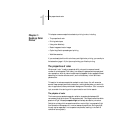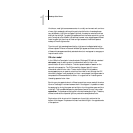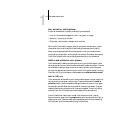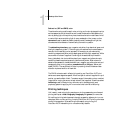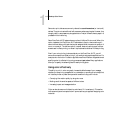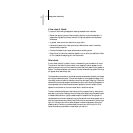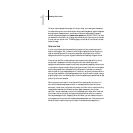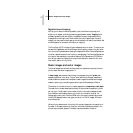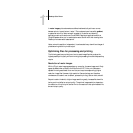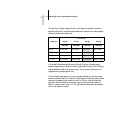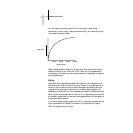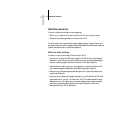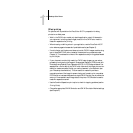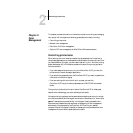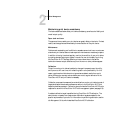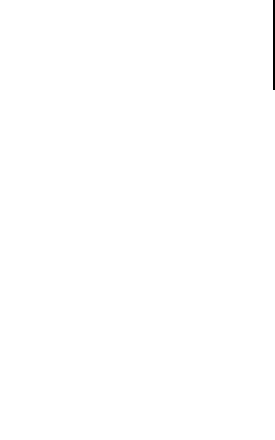
1
1-9 Raster images and vector images
Registration and trapping
With any print device, there is the possibility that the different toners may print
slightly out of register, producing distracting gaps between objects. Trapping is the
process of spreading one color slightly into adjacent colors to compensate for any
misregistration that might occur when the file is printed. Depending on the job’s
makeup, you may need to take trapping into consideration for best printed results. See
the Bibliography for sources of information on trapping.
The DocuColor 40 CP includes a Combine Separations print option. This option can
be used with PageMaker and QuarkXPress to proof trapping, overprinting, and other
four-color printing effects before creating film separations. With Combine Separations
turned on, separations are printed in color on a single page. The Combine Separations
print option also enables you to combine Desktop Color Separations (DCS) files to
print at high resolution instead of printing the low-resolution master file. For more
information, see the Printing Guide.
Raster images and vector images
Two broad categories of artwork can be printed from a personal computer to a color
printer: raster and vector images (plate 11).
A raster image, also referred to as a bitmap, is composed of a grid of pixels, each
assigned a particular color value. The grid, when sufficiently enlarged, resembles a
mosaic made from square tiles. Examples of raster images include scans and images
created in painting or pixel-editing applications, such as Photoshop and Painter.
The amount of information found in a raster depends on its resolution and bit depth.
The resolution of a raster describes the density of the pixels and is specified in pixels
per inch (ppi). The bit depth is the number of bits of information assigned to each
pixel. Black and white rasters require only one bit of information per pixel. For
photographic quality color, 24 bits of RGB color information are required per pixel,
yielding 256 separate levels of red, green, and blue. For CMYK images, 32 bits per
pixel are required.
When printing raster artwork, the quality of the output depends on the resolution of
the raster. If the raster’s resolution is too low, individual pixels become visible in the
printed output as small squares. This effect is sometimes called “pixelation.”



